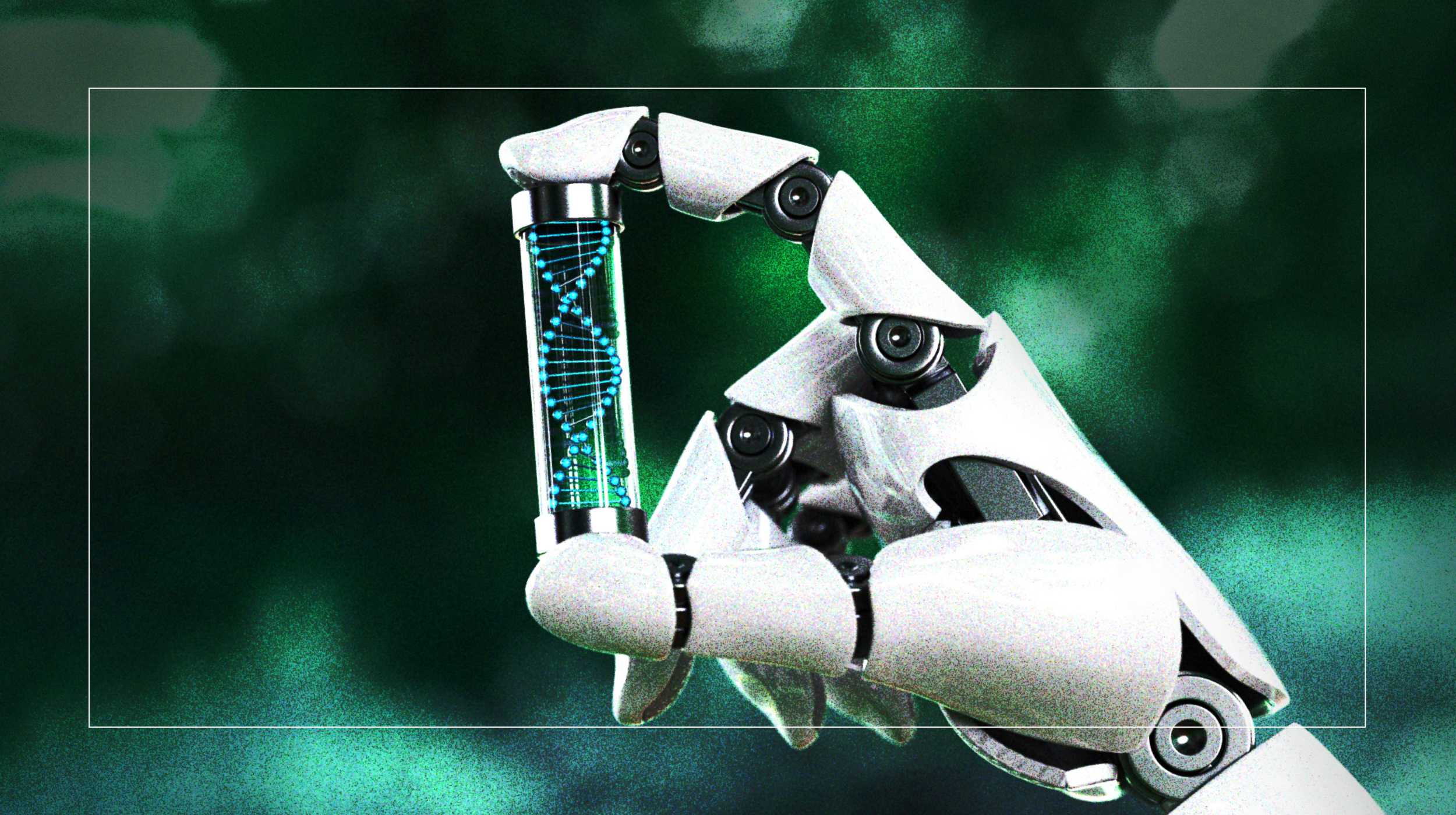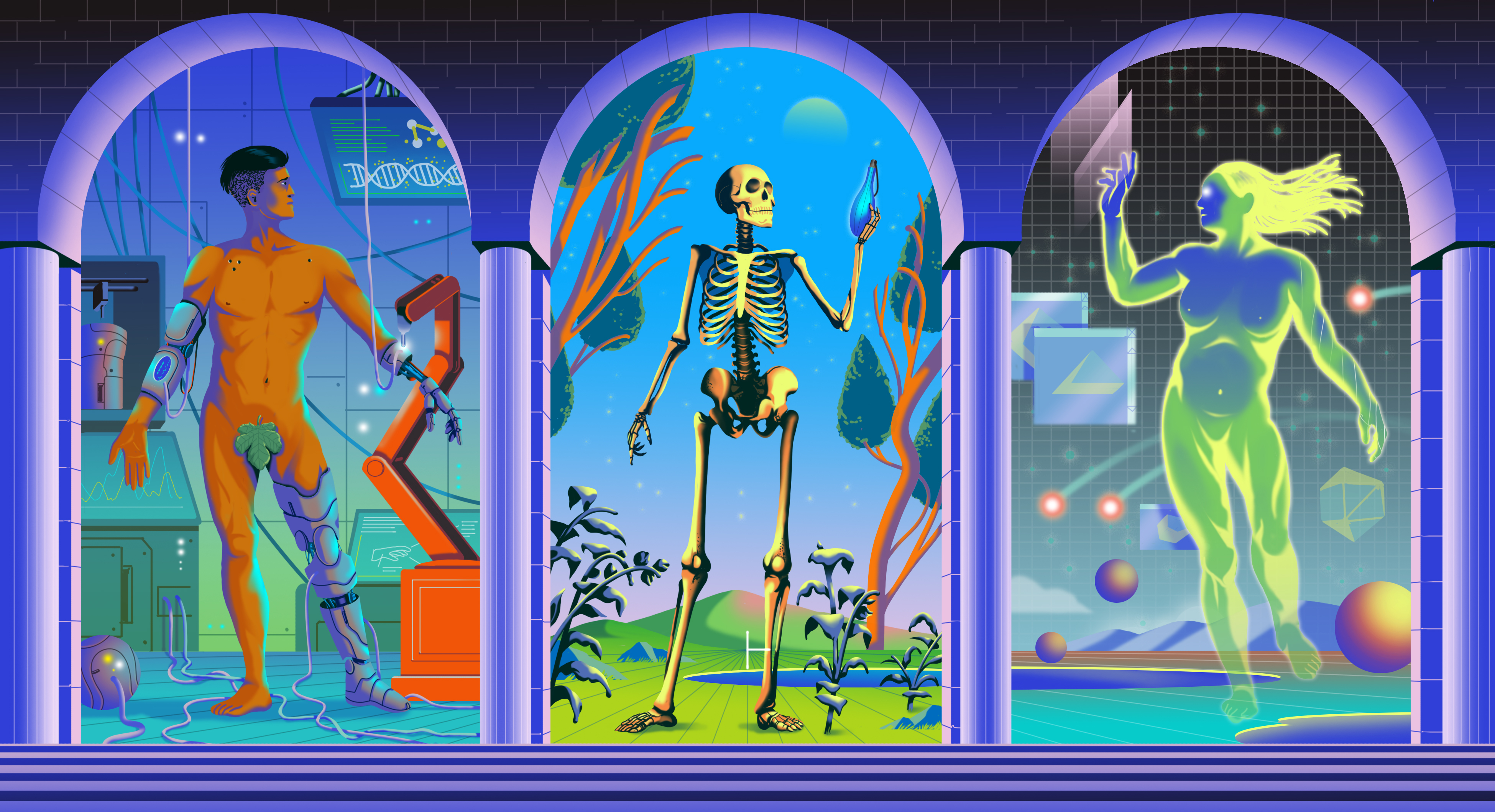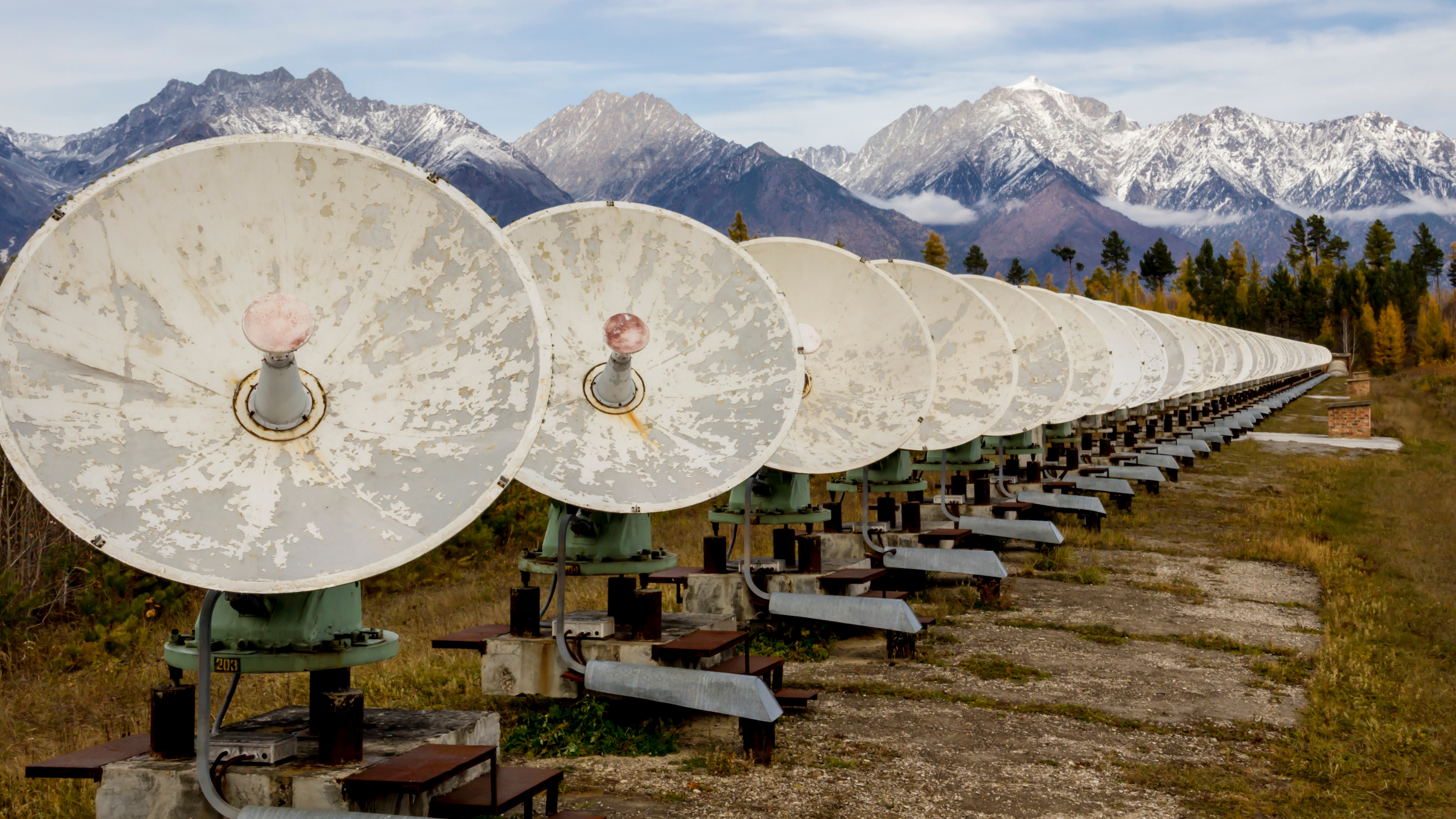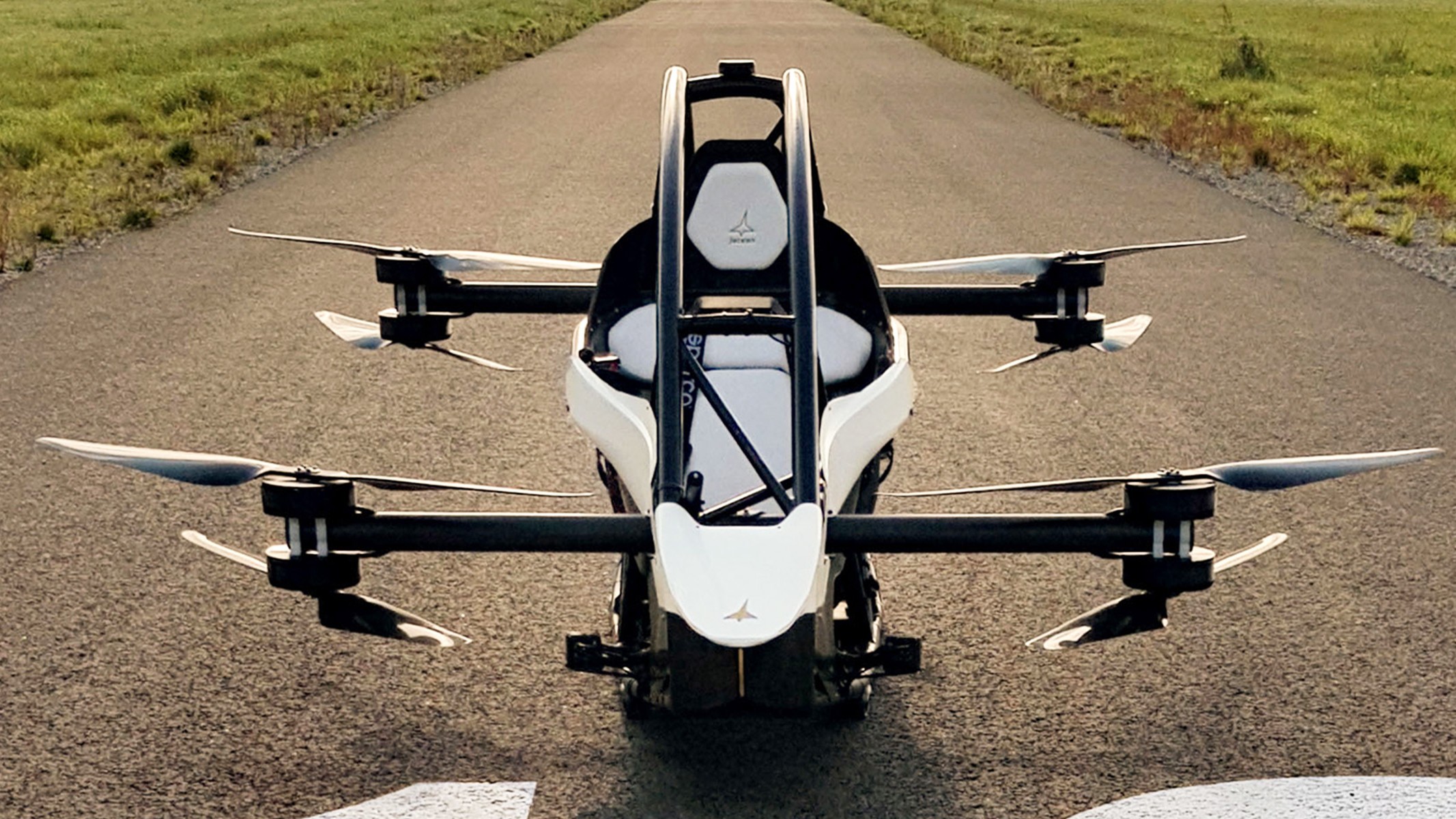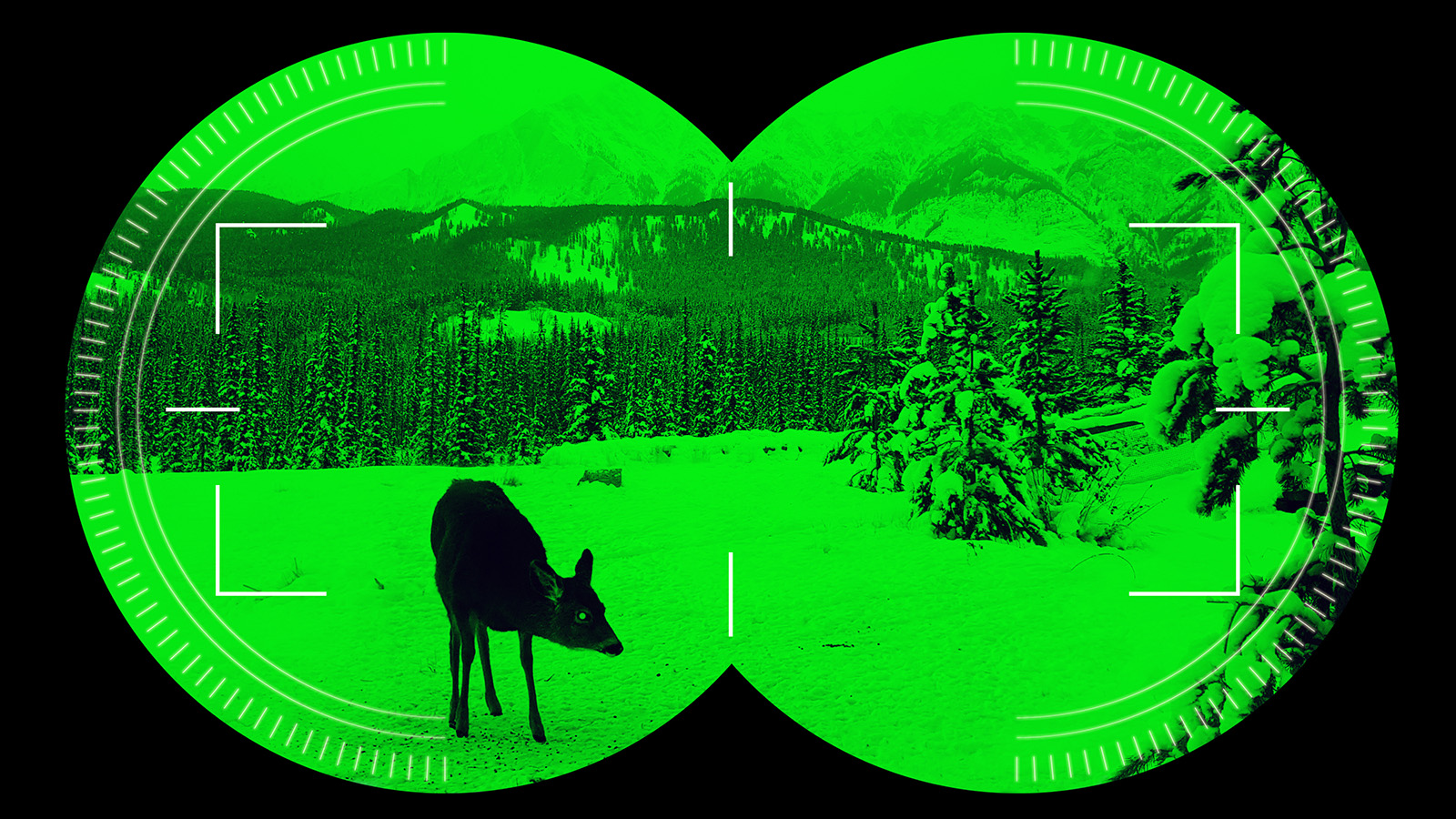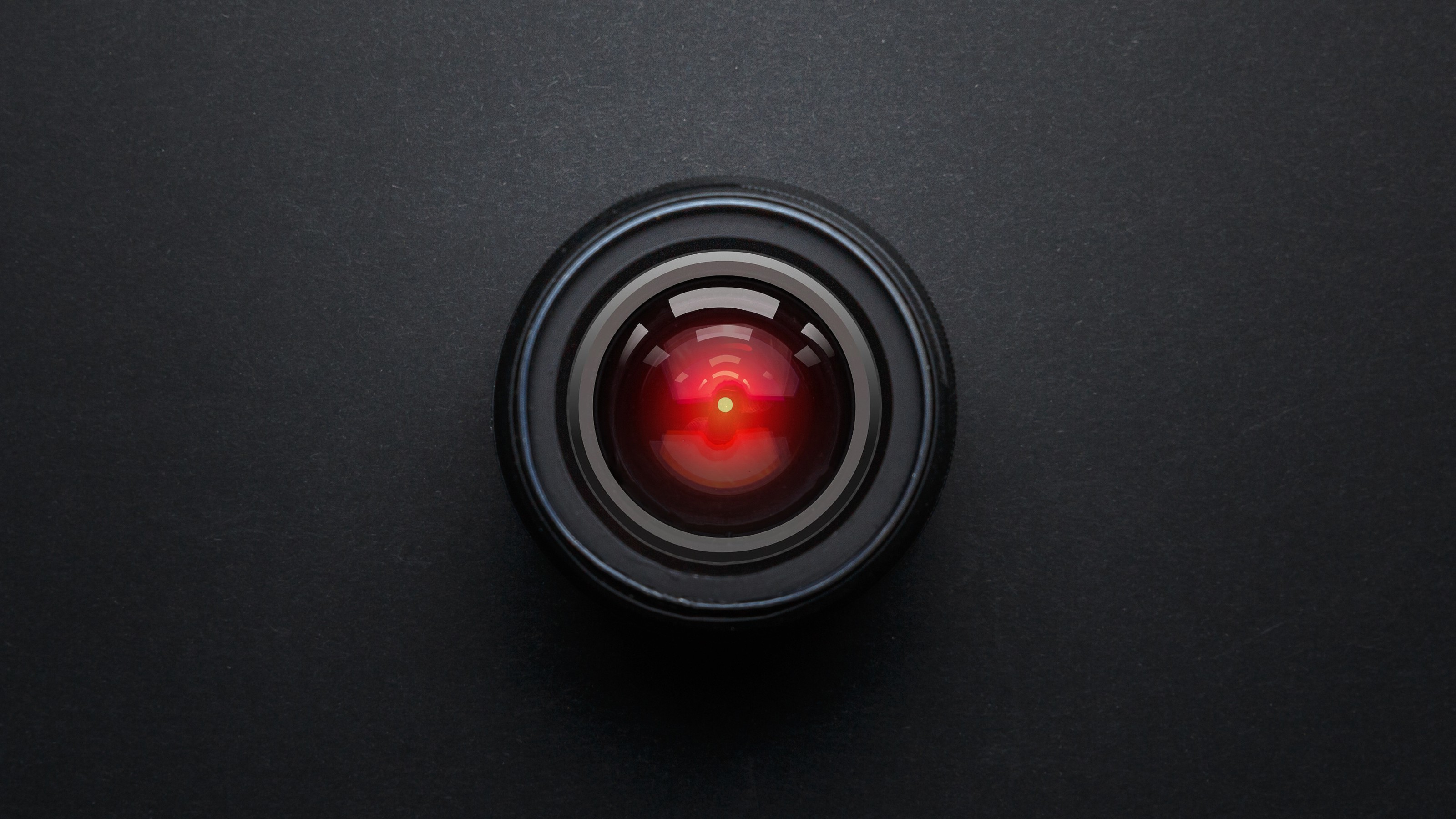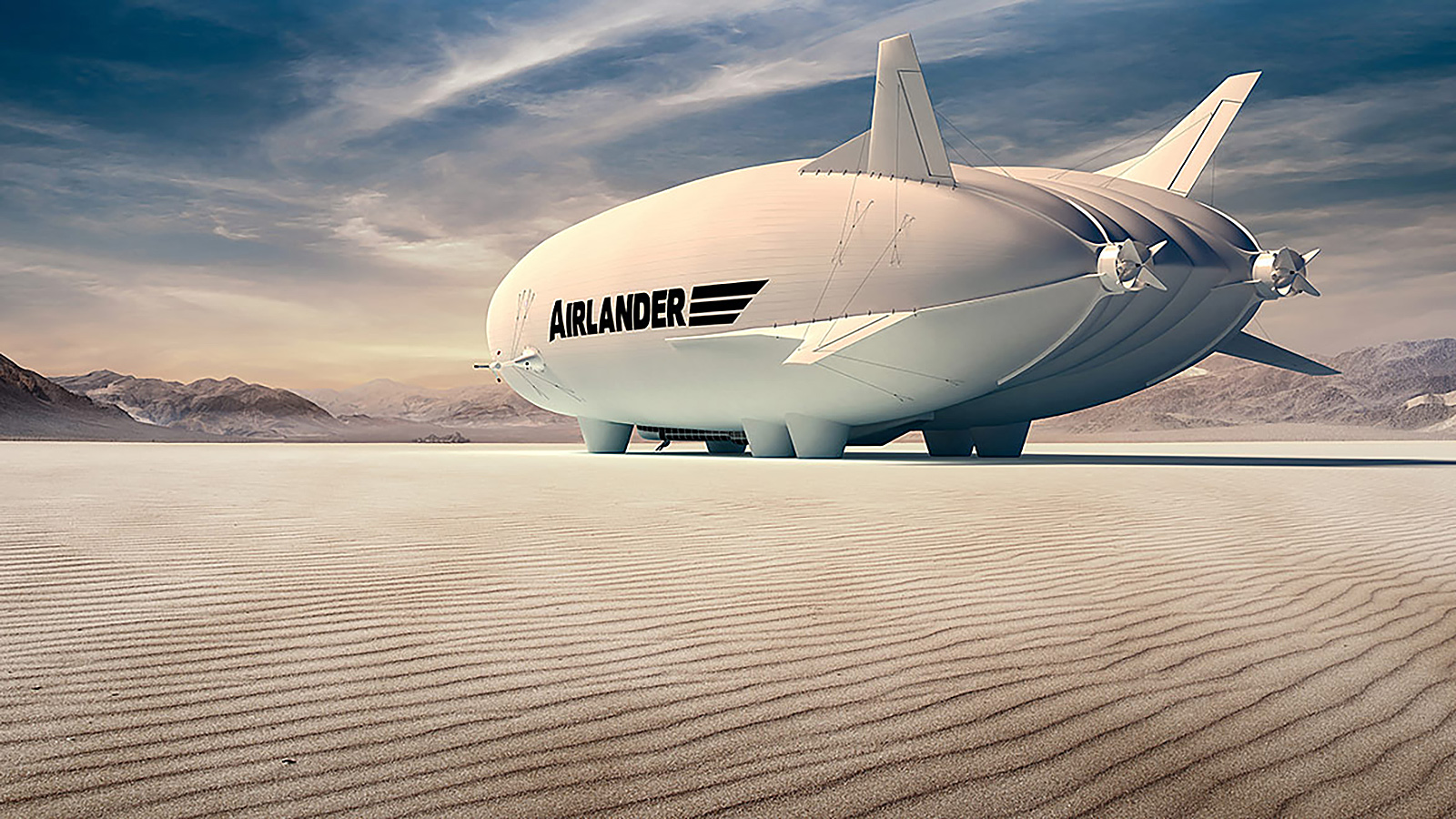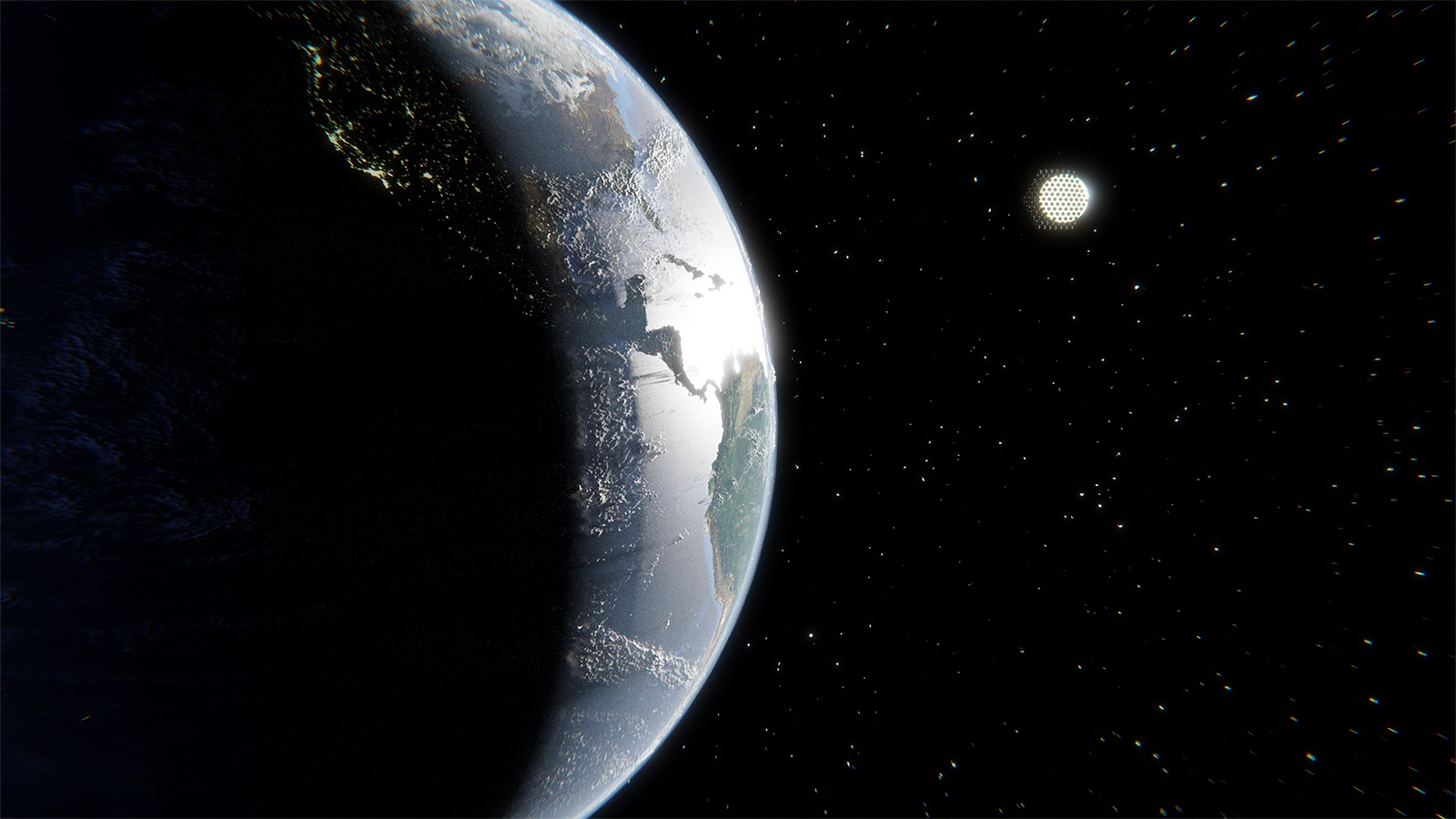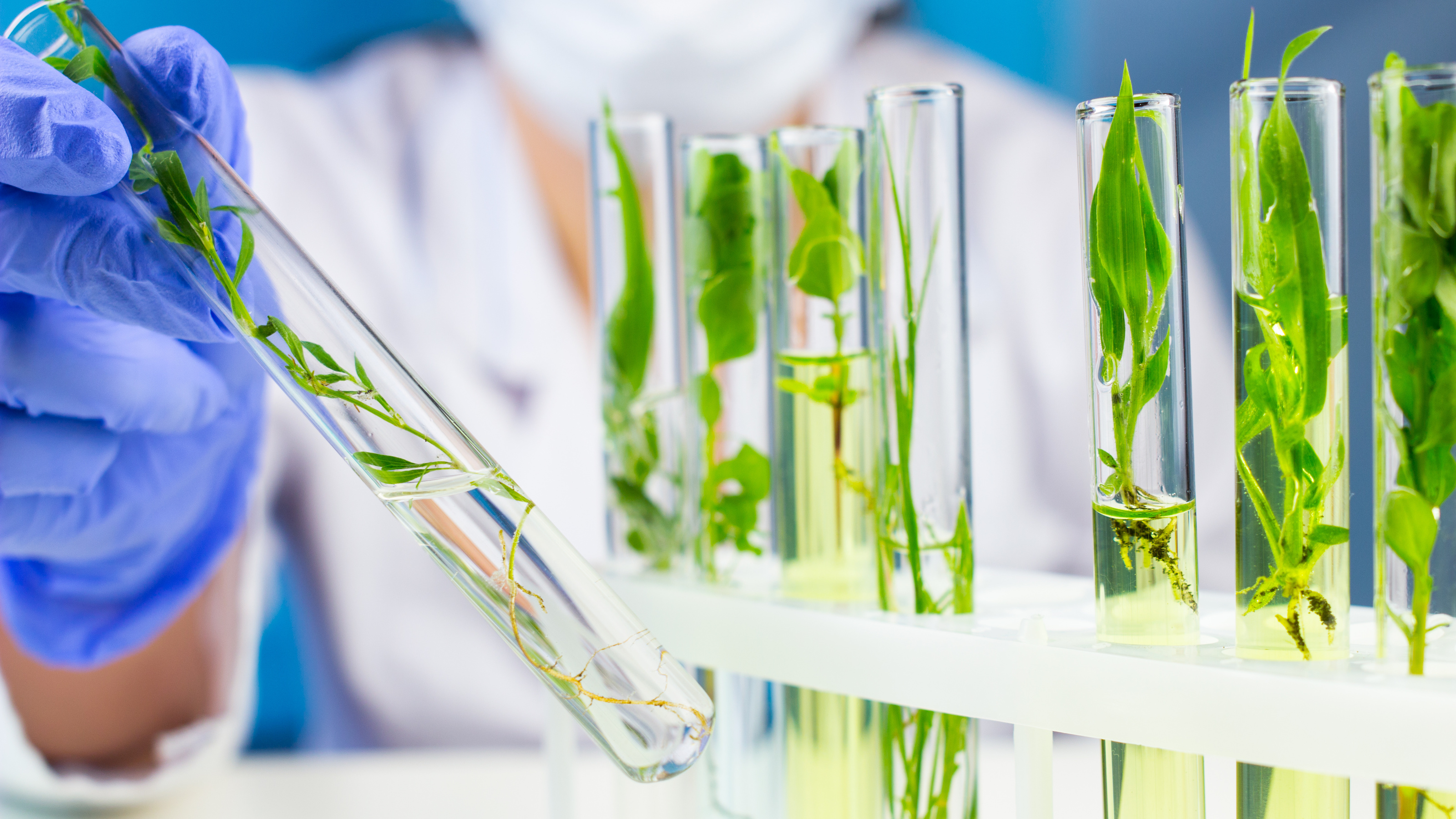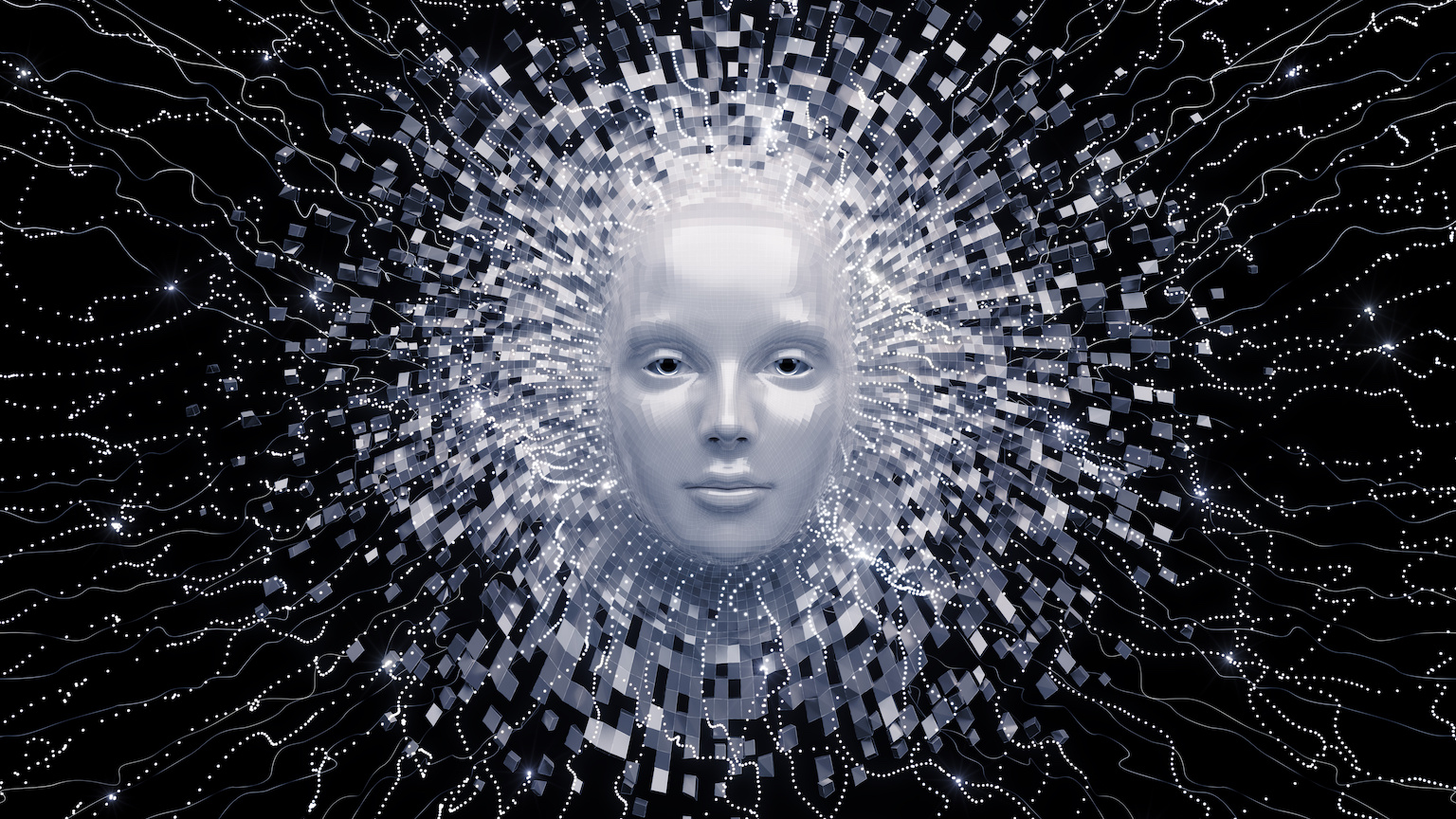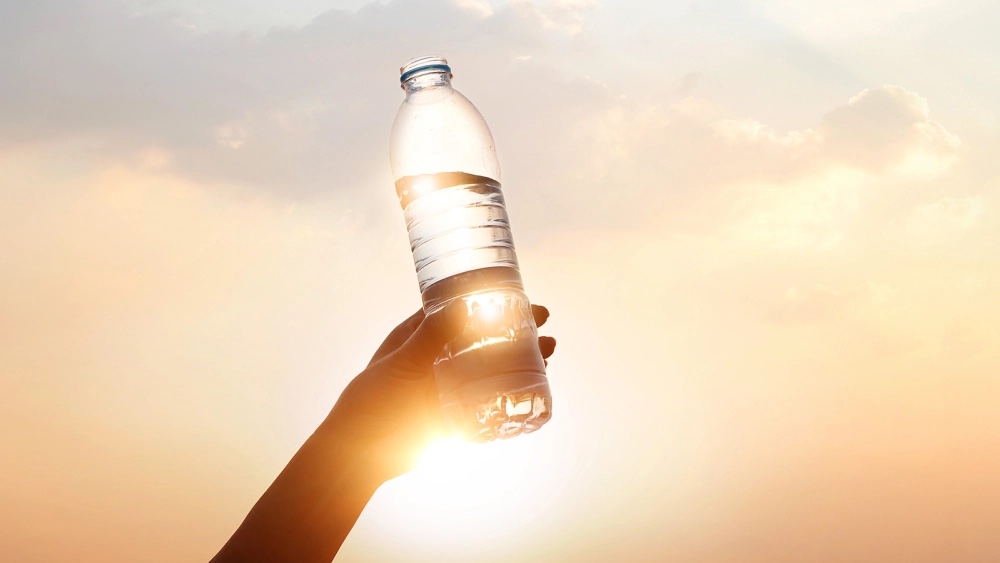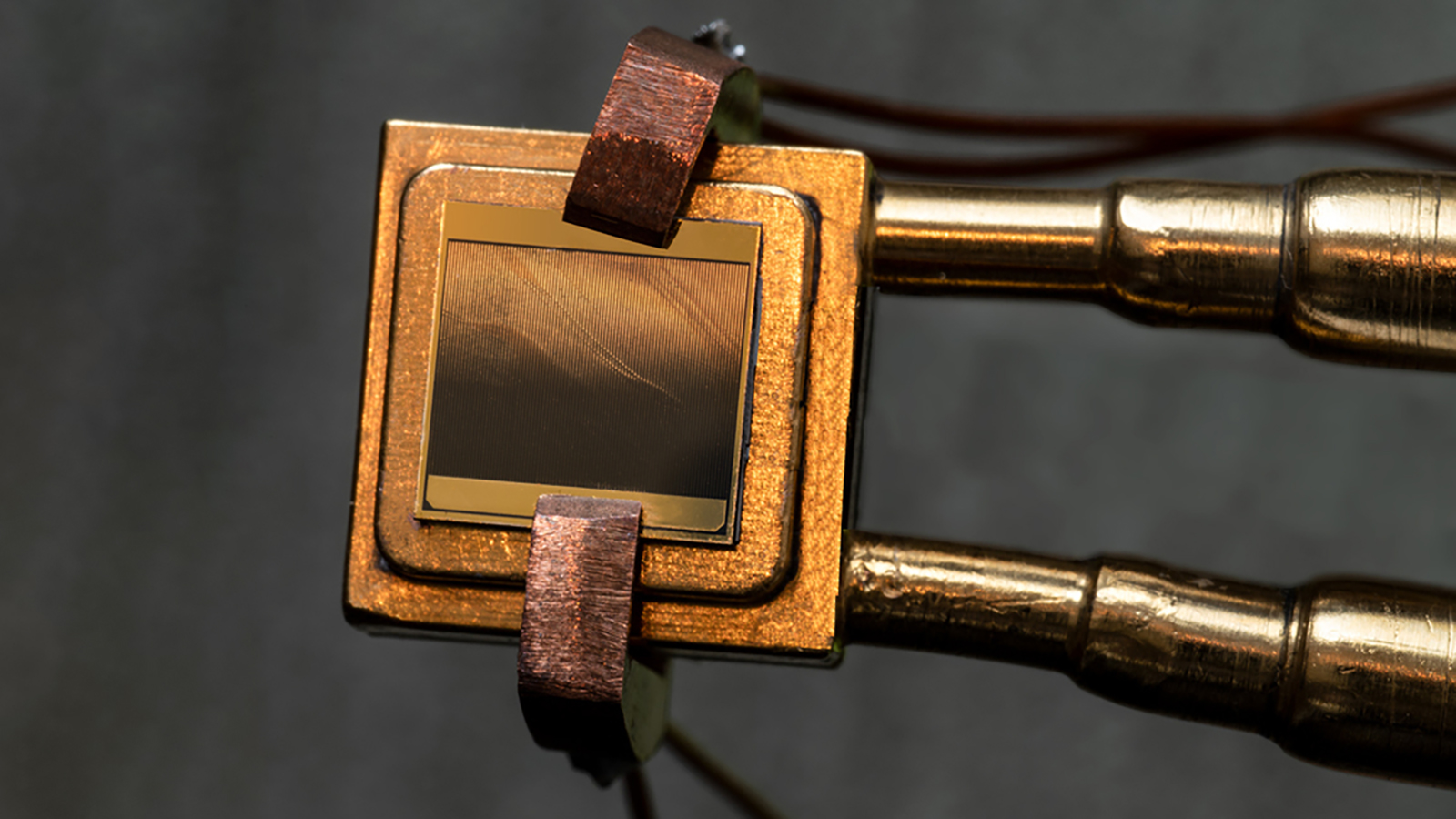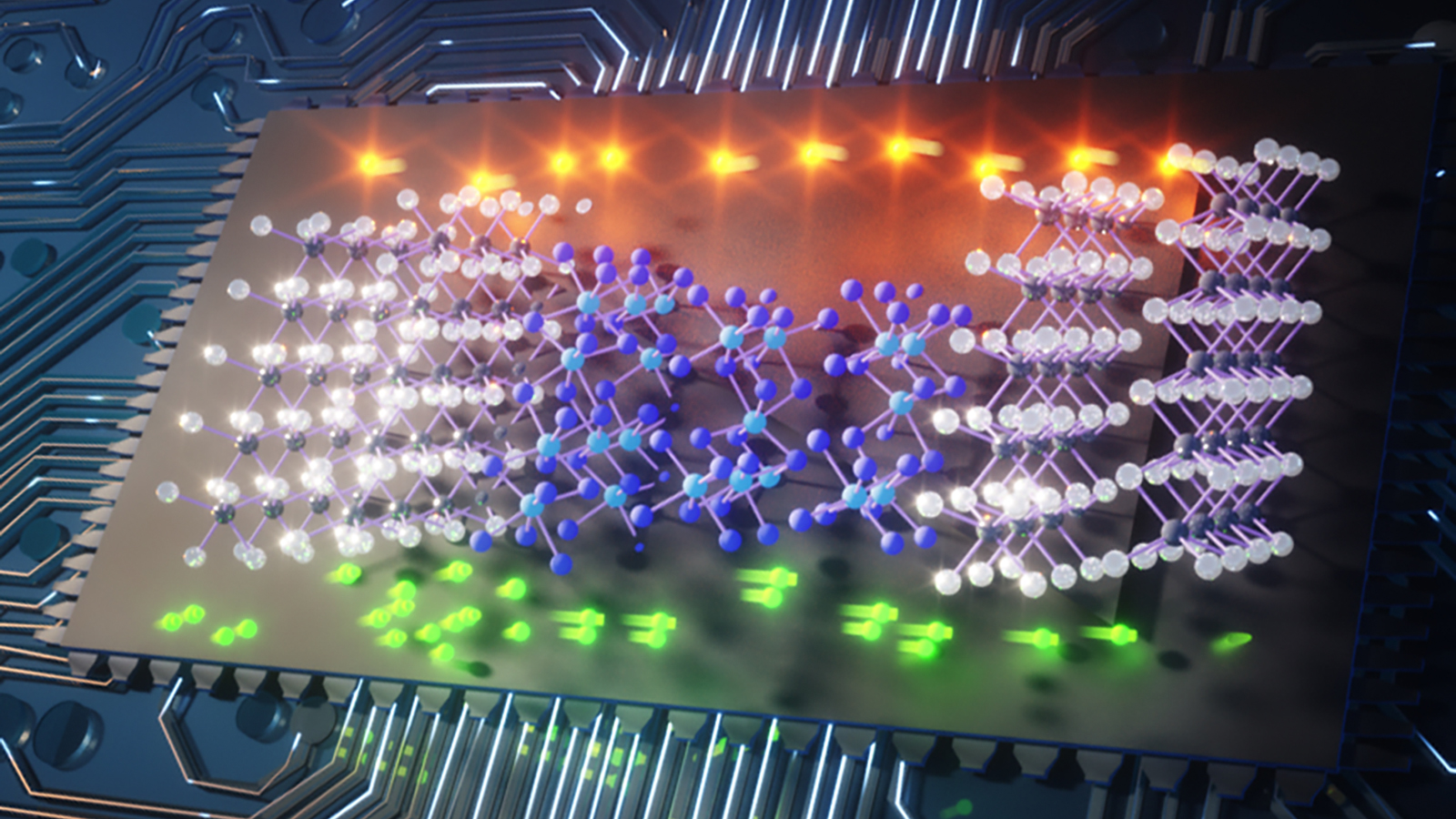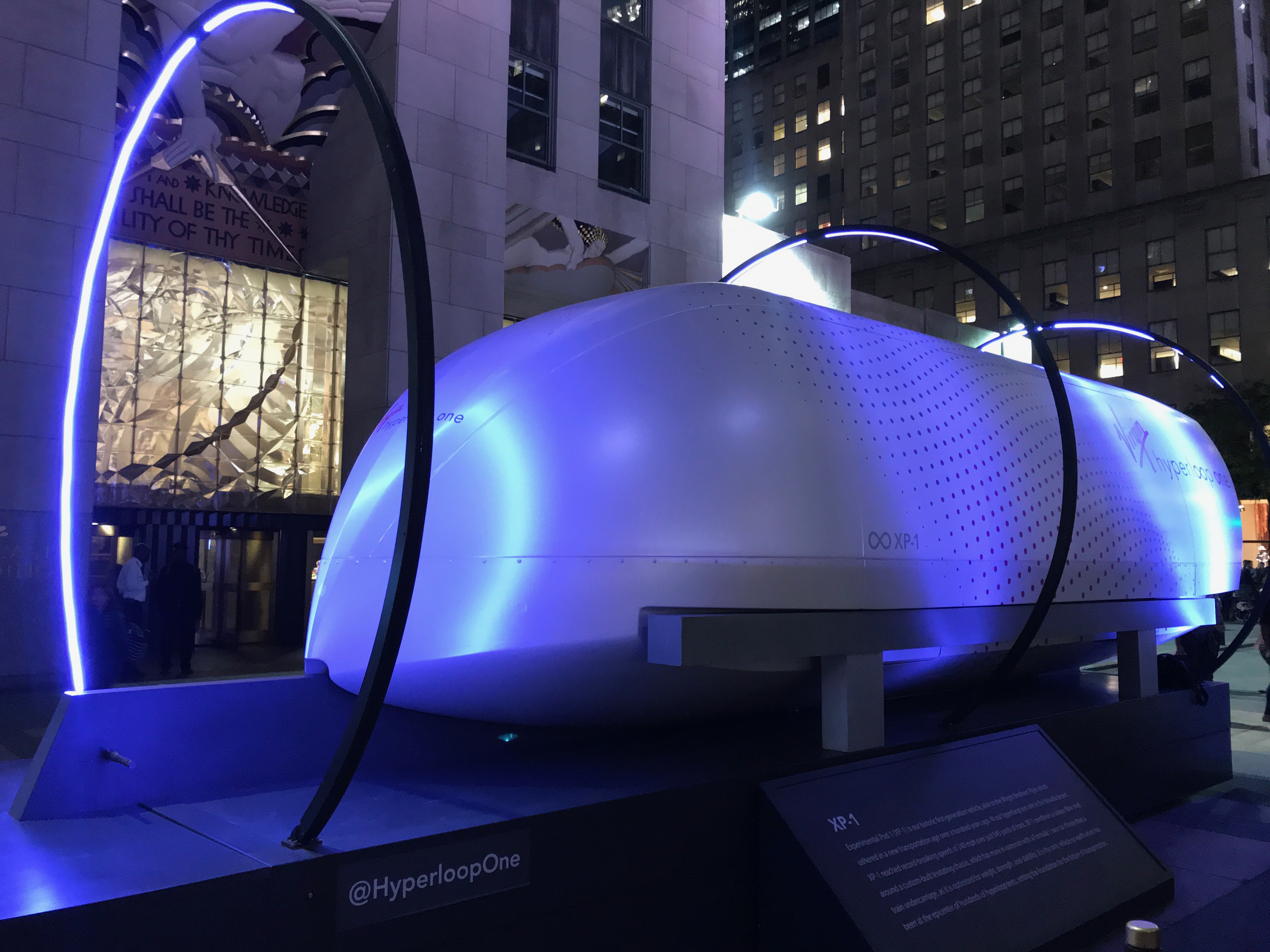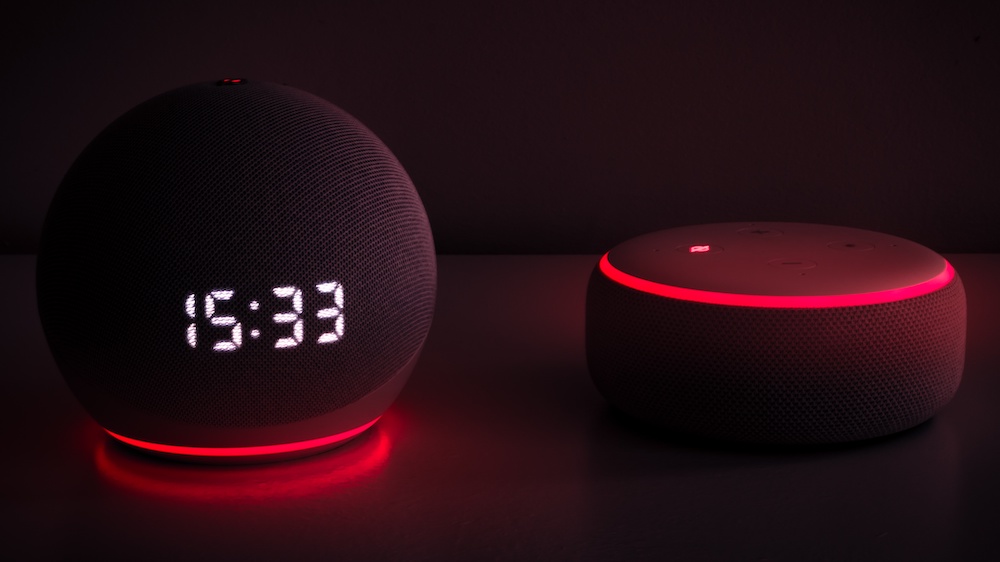Emerging Tech
The emergence of life in the universe is as certain as the emergence of matter, gravity, and the stars. Life is the universe developing a memory, and our chemical detection system could find it.
Proponents of transhumanism make big promises, such as a future in which we upload our minds into a supercomputer. But there is a fatal flaw in this argument: reductionism.
Quantum communication offers a surer path to sending an interstellar message, as well as receiving one. But can we do it?
More than 150 companies are developing flying cars. Here’s why they’re aren’t yet off the ground and darting across city skies.
From Amazon to the US Army, everybody wants one (or 150).
Deep learning AI has accurately created color images from night vision images.
The fictitious 31st-century world portrayed by the series is actually quite a bit like our own in the 21st century.
Aptera expects to begin delivering its solar-powered car later in 2022.
For the very first time, an AR contact lens was worn on the eye of a human subject. And it has about 30 times the pixel density of an iPhone.
Anxieties about being identified will be superseded by fears of being analyzed.
The airships have a range of 4,000 nautical miles, can fly for five days, and can cruise as high as 20,000 feet at 80 mph. They take to the skies over Spain in 2026.
An out-of-this-world idea could help reduce some of the risk of solar geoengineering.
Photosynthesis is powerful but very inefficient. Humans can improve on this biochemical process to help the planet.
Experts believe they could cut the time it takes a rocket to reach Mars by up to 25%, shaving about two months off the trip.
Humans are already so integrated with technology that the dream of transhumanism is a reality. Can we handle what comes next?
One home was printed in 28 hours. Now, Alquist 3D is building 200 more.
Wearable technology can help increase lifespan by changing what we know about our dietary needs and creating new ways to exercise.
Technology will not save the world, and it is inherently neither good nor bad. But, when tech is coupled to human virtue, good will prevail.
The engineer working on Google’s AI, called LaMDA, suffers from what we could call Michelangelo Syndrome. Scientists must beware hubris.
It could make enough drinking water for a family of four.
It has no moving parts and could allow us to tap into renewable energy year round.
In a major advance, scientists have found a new and groundbreaking way to force electrons to flow only in one direction in a superconductor.
The Hyperloop is physically possible, but engineering challenges will make its construction very difficult. Also, accidents would be catastrophic.
The hyperloop would be a great idea for a completely flat planet. With topography and infrastructure, it’s a very different story.
Now they’re pointing the way to future battery technologies.
But does Amazon know when you’re tired or hungry?
Do the laws of physics place a hard limit on how far technology can advance, or can we re-write those laws?
Capturing energy from clubbers could help power homes and buildings.
Meet the power plant of the future.
